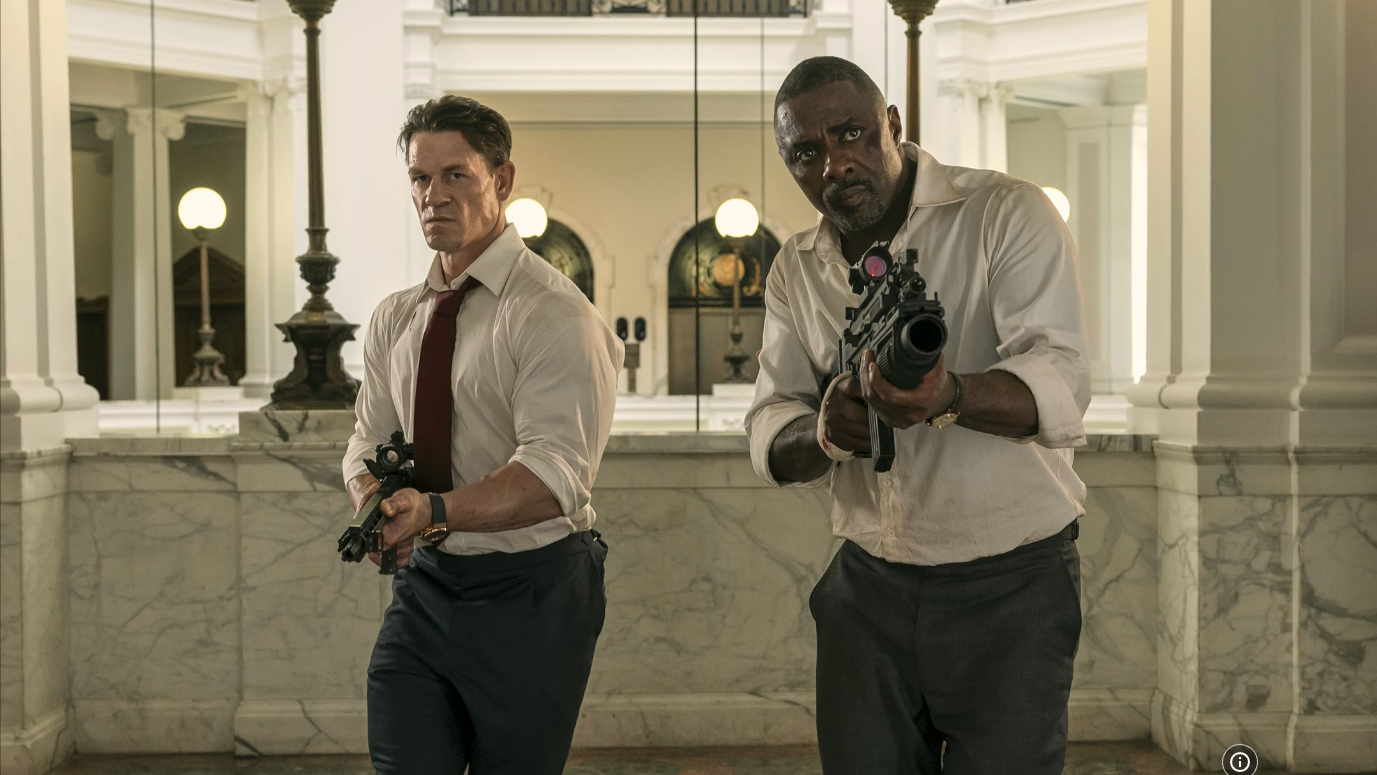'Woman of the Hour' REVIEW: Based on the 1970s, still a problem today
‘Woman of the Hour’ REVIEW: Based on the 1970s, still a problem today
Cheryl in Woman of the Hour | Taken from The Cinemaholic
Anna Kendrick makes her full-length directorial debut in the true crime drama Woman of the Hour, which was just released on Netflix. She also portrays the lead role of Cheryl Bradshaw, a struggling actress who is forced to play a bachelorette on a dating game show where she wins a free trip with the seemingly charming and intelligent bachelor of her choice — a photographer named Rodney Alcala (Daniel Zovatto), who nobody knows is a serial killer.
This story is based on real-life events that took place in 1970s Los Angeles, California. Elements of this time period are incorporated into scenes that show how corporate executives and law enforcers handled reports on crimes against women, and how casting pools spoke to female actresses regarding on-screen nudity. In many ways, this film criticizes how the world treats women in various environments, specifically in personal relationships, the criminal justice system, and the film and television industry — and it’s a shame that the criticism can still apply to the present.
Kendrick’s biggest strength as a director is that her visual treatment comes with a great deal of intent. This film creatively frames women as subjects, using television monitors, camera viewfinders, door frames, and car windows, among other things, to present them as targets of Alcala. This added a sense of claustrophobia to the film, reminding the audience how obsessive this man was. On a surface level, Rodney Alcala was gazing at these women through his viewfinder, but in terms of semiotics, he was aiming at them, as if pointing the scope of a gun.
This film is more about the victims than it is about the killer. Vignettes are used to tell the stories of each victim, stitched together using a common antagonist in Rodney Alcala. What makes it better than most true crime dramas is that it focuses more on the victims instead of the perpetrator, unlike most dramas that go the opposite route, unknowingly influencing the audience to sympathize with the perpetrator.
However, a weak point of this film is the decision to primarily center on the story of Cheryl Bradshaw. The film shows glimpses into the stories of two other women, who admittedly seem like key characters in this real-life story that we should have learned more about. One woman is shown filing a report but gets ignored, and another is shown lying to the killer in her last chance at survival. These were intelligent women with lives equally as important, but for some reason, not being matched with the serial killer on a dating show meant less screen time for them.
I preferred watching this film without much prior knowledge of the serial killer, stopping myself from writing this review based on how accurate its storytelling was. I have come to understand that films based on real-life events have to fictionalize some aspects to respect those who prefer their personal experiences not be shared with the public, especially for stories that involve heavier discussions like these.
This film was set in the 1970s. During that time, people ignored women who had something to say, tolerated men exploiting young women in the industry, and hosted unethical and unsafe television programs. Regretfully, these problems still occur today, but the difference now is that there are more people welcoming criticisms against this system.
Kendrick is at a point in her career where she can openly take stances without the risk of being blacklisted by producers. Through her directorial debut, she tells the stories of women who were unable to tell their own, paving the way for more women to do the same.
‘Woman of the Hour’ is now streaming on Netflix.














